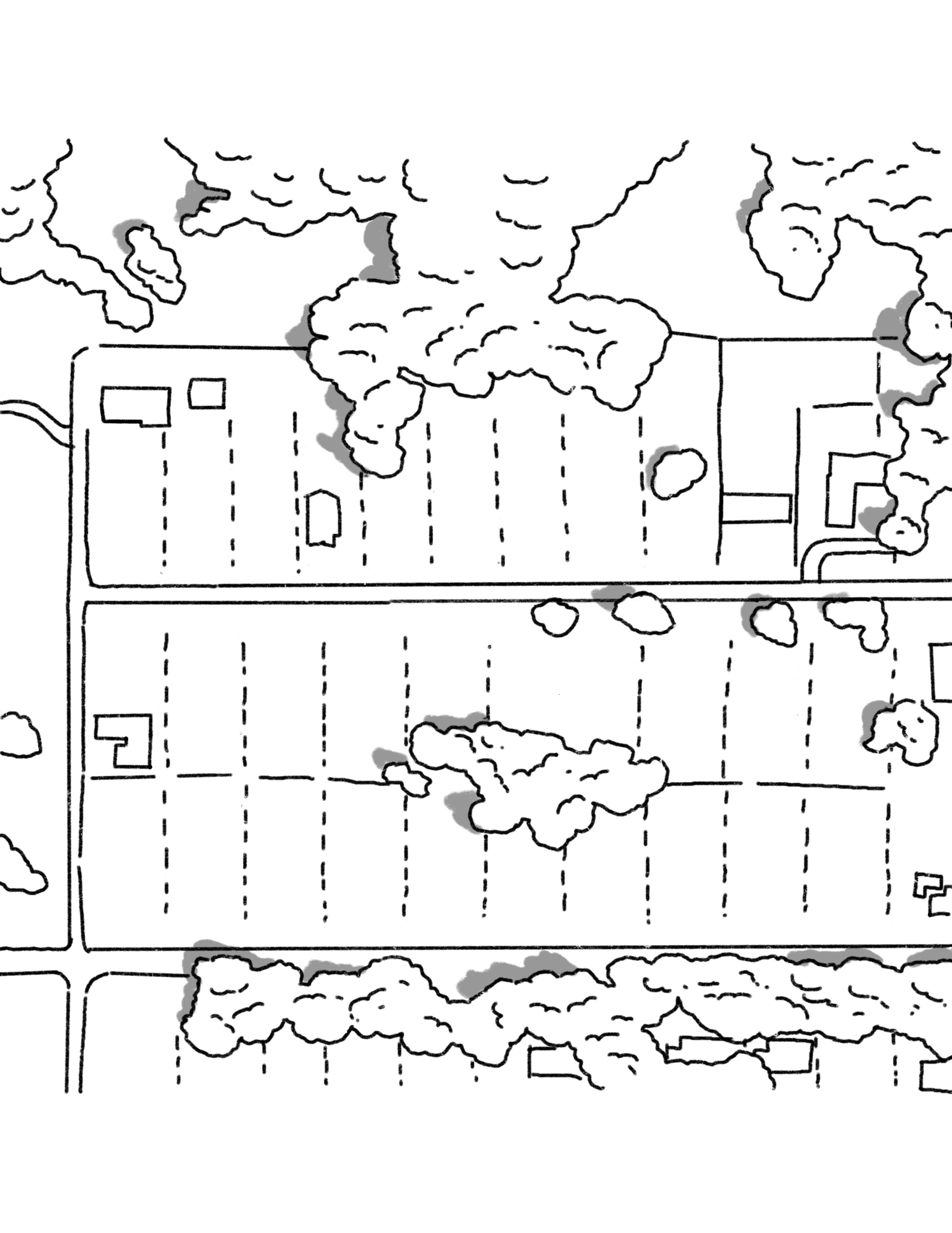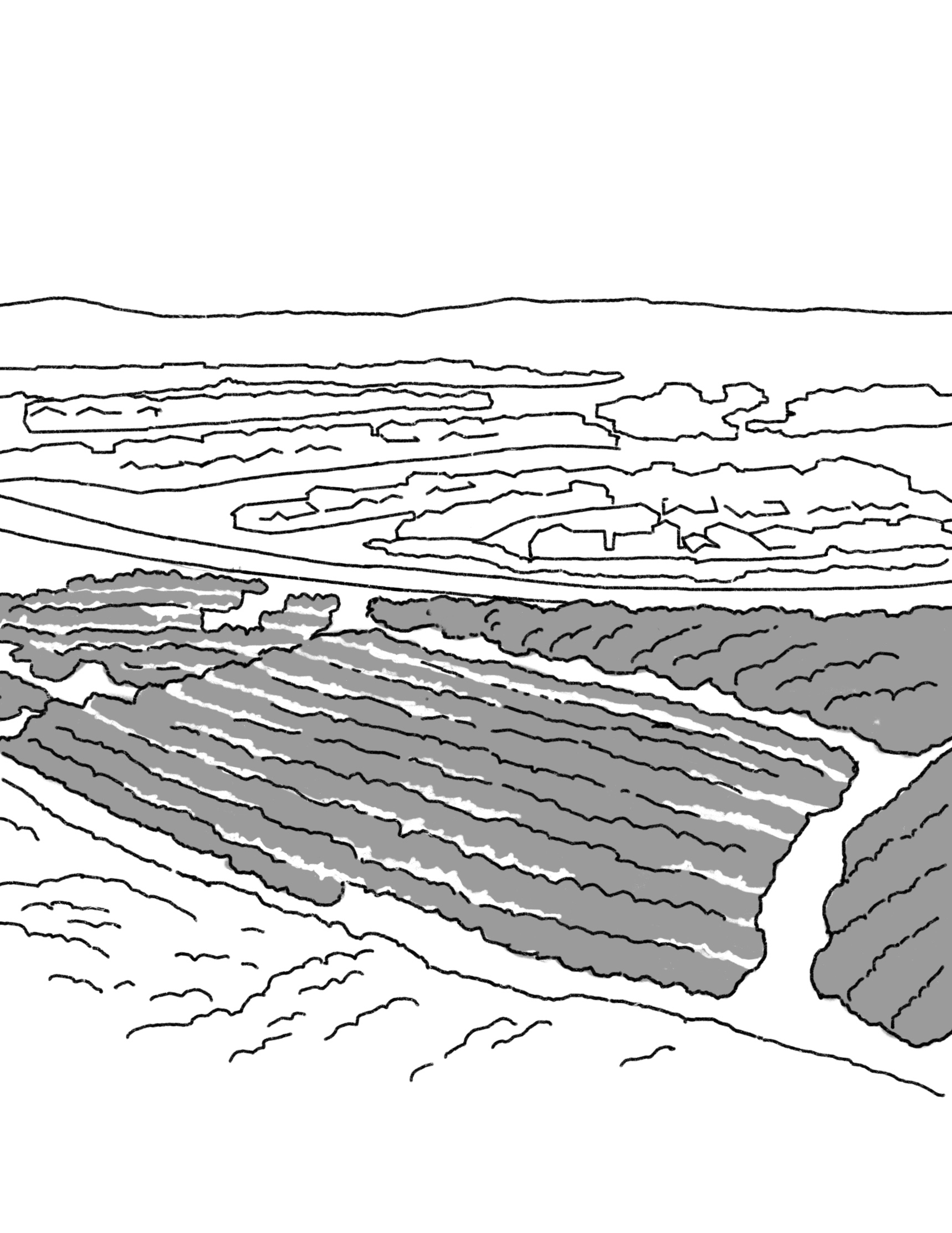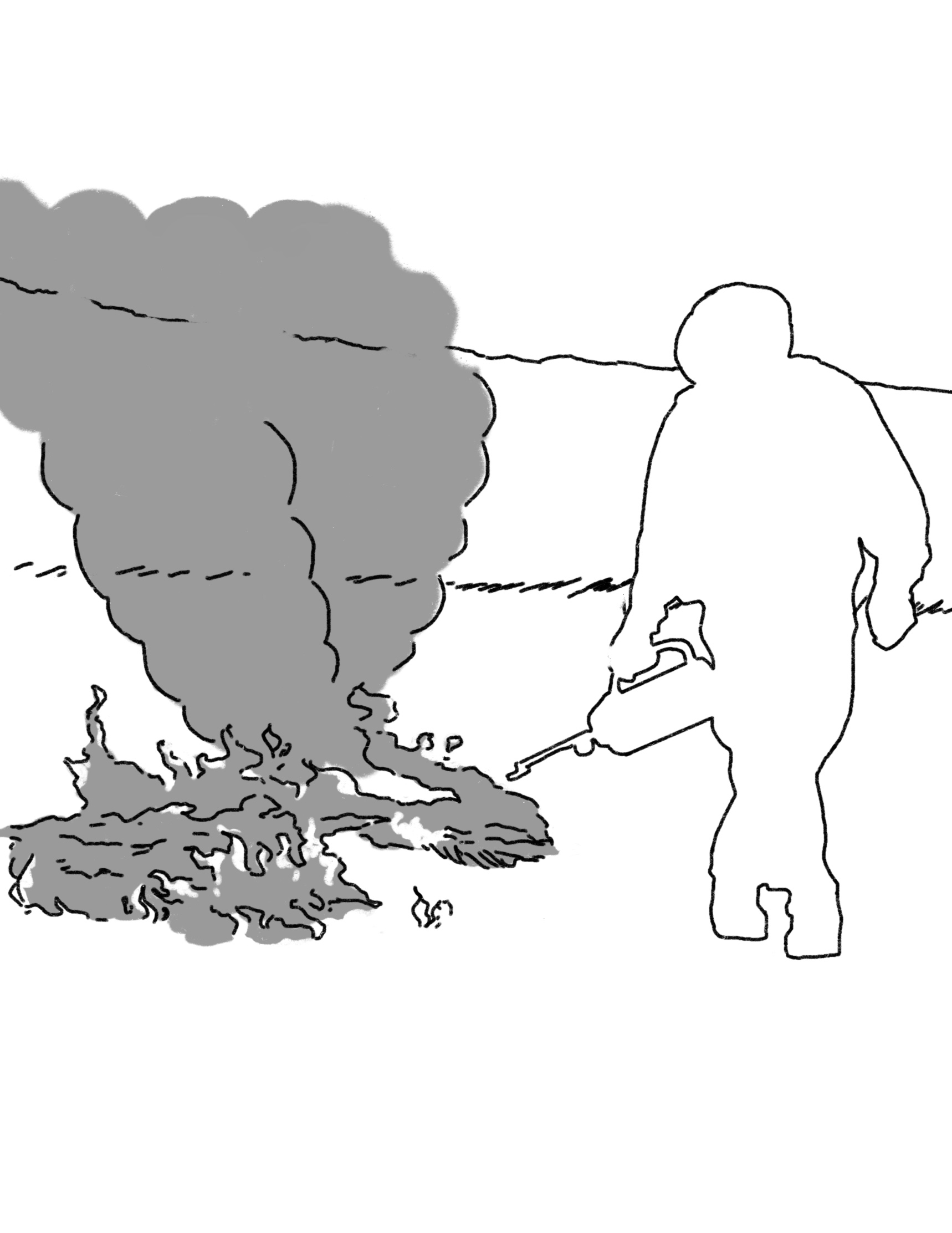Strategy
Adaptation
Limit Exposure to Wildfire
As a result of climate change, naturally fire-adapted landscapes are becoming more arid, making their fuel loads larger and more combustible. Site planners and designers can use roadways, irrigated areas and plants with high foliar moisture to buffer communities against wildfire exposure.
Move activities away from high-risk areas
Options
...by siting structures on the leeward side of slopes.
...by locating structures in the site away from high or very high fire hazard severity zones.
...by planning the removal or reduction of structures and people in high or very high fire hazard severity zones (managed retreat).
Case Study
A pilot program called the Paradise Voluntary Buyout Program, managed by the city’s recreation department and funded largely by nonprofit grants and donations, offers voluntary buyouts to help support the relocation of homes away from high-risk areas. As of summer 2022, the department had secured 100 acres through the program.

Create obstacles to stop the advance of fire
Options
...with defensible space (land, planning).
...with structures (masonry walls).
...with irrigated areas between structures and areas with high fuel loads (orchards, vineyards, athletic fields).
...with firebreaks (roadways, parking areas).
Case Study
SWA helped transform Rancho Mission Viejo, a 23,000-acre ranch into a fire-adapted mixed-use development. Buffer zones with irrigated orchards are designed to catch embers ahead of wind-driven fires. In some areas, these buffer zones are more than 500 ft wide.

Reduce excess fuels
Options
...with plant material containing high year-round foliar moisture or turgidity (like those from a regional fire-safe plant list).
...with fuel management practices (prescribed burns, thinning & pruning, etc.).
Case Study
The Mariposa County Recreation and Resiliency Plan by Design Workshop outlines clear goals and strategies that can enable planners to successfully integrate wildfire adaptation measures including vegetation management programs into parks, trails, and open spaces.
